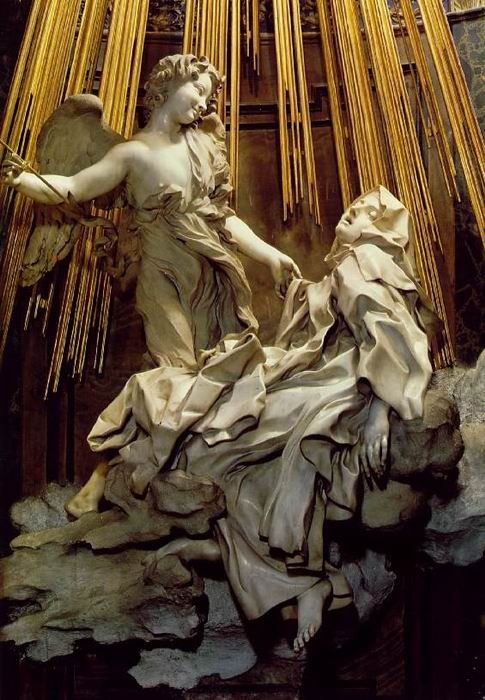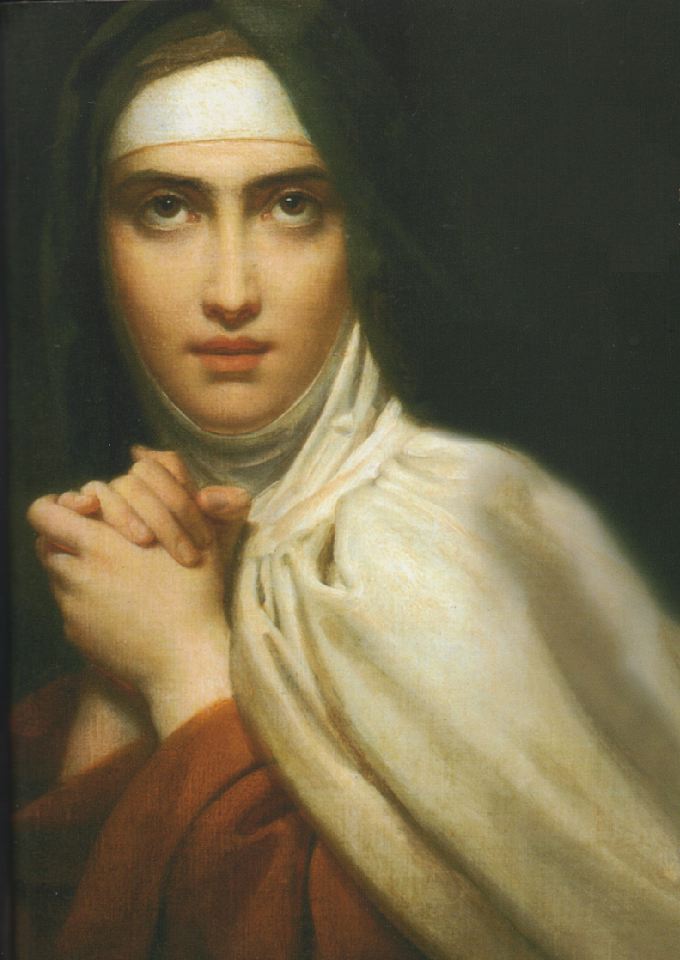 Queen Elizabeth I is widely regarded as one of England's greatest monarchs. One of her many strengths was an understanding of the importance of public image. Her portraits were carefully crafted and included symbols to convey power and majesty. The Rainbow Portrait, painted in 1600 by Isaac Oliver, exemplifies the use of images to illustrate the Queen's good qualities. The cloak that Elizabeth is wearing in the portrait is embroidered with eyes and ears, signifying that she can hear and see everything. Her intricate headdress is decorated with pearls and rubies, and holds up her royal crown. The pearls are meant to represent her virginity, while the crown illustrates her royal status. On her left sleeve is a jeweled serpent with heart-shaped ruby in its mouth; the snake symbolizes wisdom and the ruby represents the Queen's heart. The snake has caught the heart, meaning that the Queen's wisdom restrains her emotions. Above the snake is a celestial sphere, which also signifies wisdom and the Queen's power over nature. Elizabeth holds a rainbow in her right hand with the latin phrase 'Non sine sole iris' (No rainbow without the sun) inscribed above. The rainbow represents peace and prosperity, while the inscription tells the audience that the Queen and her wisdom brings the peace and prosperity. Though Elizabeth was actually in her sixties when this portrait was painted, she is depicted as young and beautiful. This portrait was carefully thought out to present a wise and powerful monarch.
Queen Elizabeth I is widely regarded as one of England's greatest monarchs. One of her many strengths was an understanding of the importance of public image. Her portraits were carefully crafted and included symbols to convey power and majesty. The Rainbow Portrait, painted in 1600 by Isaac Oliver, exemplifies the use of images to illustrate the Queen's good qualities. The cloak that Elizabeth is wearing in the portrait is embroidered with eyes and ears, signifying that she can hear and see everything. Her intricate headdress is decorated with pearls and rubies, and holds up her royal crown. The pearls are meant to represent her virginity, while the crown illustrates her royal status. On her left sleeve is a jeweled serpent with heart-shaped ruby in its mouth; the snake symbolizes wisdom and the ruby represents the Queen's heart. The snake has caught the heart, meaning that the Queen's wisdom restrains her emotions. Above the snake is a celestial sphere, which also signifies wisdom and the Queen's power over nature. Elizabeth holds a rainbow in her right hand with the latin phrase 'Non sine sole iris' (No rainbow without the sun) inscribed above. The rainbow represents peace and prosperity, while the inscription tells the audience that the Queen and her wisdom brings the peace and prosperity. Though Elizabeth was actually in her sixties when this portrait was painted, she is depicted as young and beautiful. This portrait was carefully thought out to present a wise and powerful monarch.Sources:
http://www.marileecody.com/eliz1-images.html





